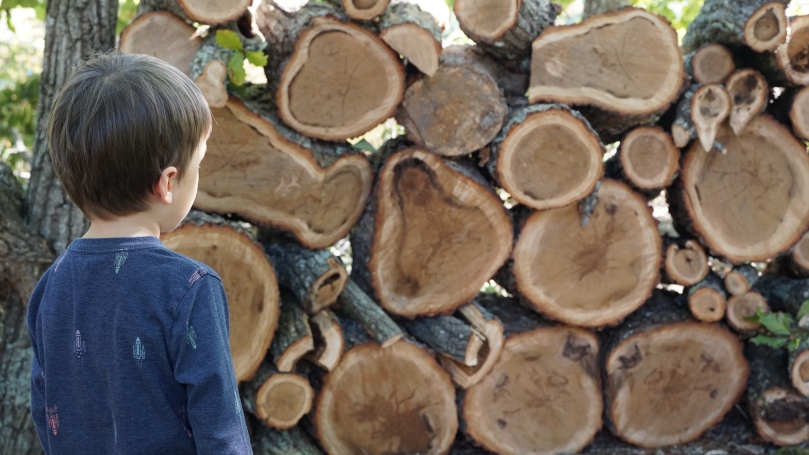When you spend enough time outdoors; camping, hiking or just exploring – you need a reliable means to cook food, boil water, or simply have a small fire. Of course, there are a plethora of ways to get this done – portable burners, alcohol stoves, stick stoves…but my favorite, is still the Emberlit Stove that I purchased over 9 years ago.
My son and I recently found it amongst our old camping gear and decided to brew some hot tea with it. While dusting off the old soot, I was reminded at how convenient and easy this stove is to put together. We loaded it with some small sticks, struck a match and in moments we were getting a boil on in the kettle. He loved it.



I took a moment to reflect upon where this little stove has been: On many canoe trips throughout Ontario, the blue ridge mountains of Virginia and even the highlands in West Virginia. This little thing has never let me down. On those cold nights under the northern lights, a warm tea boosted our spirits and helped us get a good nights rest. I think of the rainy days in Algonquin Park, when all is soaked and wet, but we found enough dry sticks to make a small fire in the stove and rekindle our spirits from the damp. Through thick and thin, this thing has been an absolute tank for us. If you’re thinking about it, just get one.
Pros:
- requires small amount of wood to keep burning
- reliable and sturdy
- simple assembly
- packs away with a small profile (comes with a case now)
- Comes with cross bars which can add further stability when cooking
Cons:
- can be messy with the soot (all stick stoves have this problem)
- needs close attention while cooking to continue adding fuel (small sticks)
- Can’t use in areas where open fire prohibited
Specs:
- 304 Stainless Steel
- ~ 11.3 oz/ 320g
- 5.5″ x 5.5″ x 6″
- Comes with Crossbars and Case
- Sells for approximately $37.00





































































